- Weather is the condition of the atmosphere in a given place over a short period of time, usually 24 hours.
- Here is a diagram with examples of different types of weather.

- Climate is the average weather usually taken over a 30-year time period for a particular region and time period.
- Climate is not the same as weather, but rather, it is the average pattern of weather for a particular region.
Methods of observing weather.
Traditional methods include observing the following:


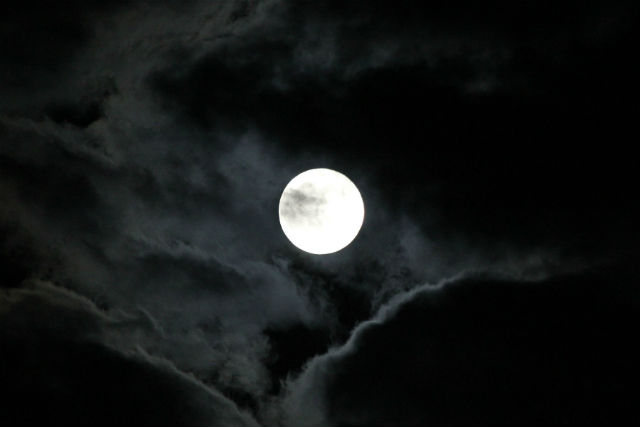
Other methods include:
- Modern methods of observing weather provide us with weather information in our country as well as other countries.
- This is important for people traveling from one country to another.
Such information can be obtained from satellites.

- Satellites are placed in the atmosphere and used to record information about weather. For example, they can tell if a storm is developing in the atmosphere before it actually occurs.
- This information is also used to predict the weather. This is called weather forecasting.
- This is a place where reading and recording of elements of weather is done.
- Weather recording instruments are placed here.
- All the weather stations have a white wooden box called a Stevenson’s Screen.
- This box is used to store thermometers and hygrometers.
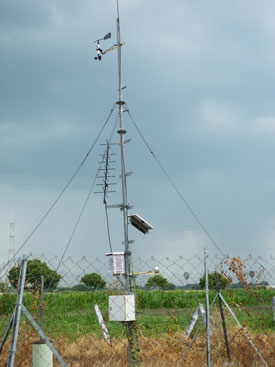
This refers to how hot or cold a place is. Temperature is measured using a thermometer.

Rainfall is measured using a rain gauge. When it rains, some raindrops fall on the surface of the funnel and drain into the collecting jar.
At the end of every twenty-four hours, the water is measured in millimeters using a measuring cylinder. This is then recorded on a recording sheet. The average for the month is worked out to give the mean monthly rainfall.
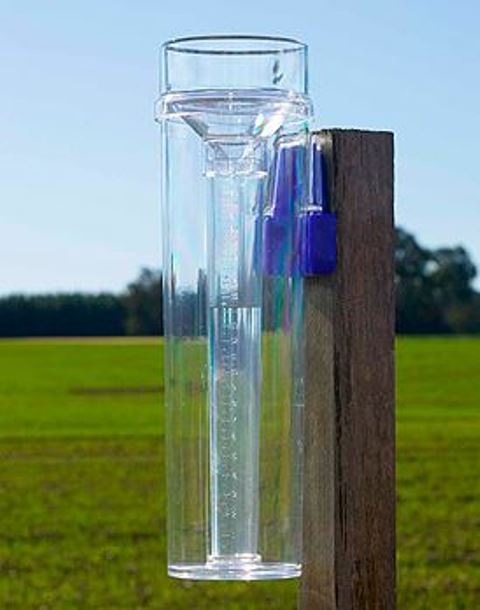
Wind is moving air. Air moves from areas of high pressure to those of low pressure. Wind direction is measured using a wind vane and windsock.


The speed of the wind is measured using an anemometer.
An anemometer has the following features;
It has three or four cups freely rotating on a fixed middle shaft.
The stronger the wind, the faster the cups will rotate.
The central part of the instrument has a meter that records the speed of the wind.
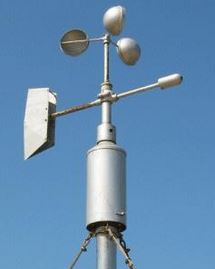
A windsock is used to show whether the wind is blowing or not. An outstretched windsock shows that there is wind. Windsocks are mainly used in airports and airstrips.

- Air pressure is the weight or pressure caused by the layer of air on the surface of the earth.
- Air pressure is measured using a barometer.
- A barometer is made up of a container filled with mercury, with a glass tube put upside-down over it.
- All the air in the tube is removed, leaving a vacuum inside it.
- The weight of air on the surface of the tube forces a column of mercury to rise up the tube.
- A high column means that the pressure is high. Air pressure is measured in millibars.

Climate is the average weather condition of a place over a long period of time
The main factors that influence climate are;
1. Latitude
2. Altitude
3. Nearness to large water bodies
4. Ocean currents
5. Winds
6. Nature of the coastline
- Latitude is the distance from the equator.
- Temperature decreases with an increase in latitude. It gets cooler as one moves away from the equator.
- This is because the sun’s rays heat regions near the equator directly and more intensely than the regions towards the poles.
- This is also because, at the equator, the rays focus on a small area.
- This is the height above sea level. Temperature decreases as altitude increases.
- This means that the higher one goes, the cooler it becomes.
- Places near the sea level are hotter than those up in the mountains.
- This is why Mount Kenya, which is near the equator, has snow and ice at the top, while other places at the same latitude but at a lower altitude have high temperatures.
- A large mass of water like the Indian Ocean or Lake Victoria may also increase the amount of rainfall received in the surrounding areas.
- Water evaporates and as the air rises, it condenses and forms rainfall.
- Large water bodies also reduce the temperature of the surrounding areas. This is because a cool breeze blows from the water bodies to the land.
Land breeze

Sea breeze
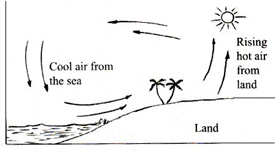
- Ocean currents are masses of surface water flowing in the ocean. There are two types of ocean currents: warm and cold currents.
- When warm moist winds blow over warm currents, they expand and pick up more moisture. When they reach the land they cause heavy rainfall.
- On the other hand, when such winds cross a cold current before reaching the land, they contract and the water vapour in them condenses to form rain.
- This rain falls in the sea. By the time the winds reach the land, they are dry and have no moisture in them.
- Examples of cold currents are Benguela and Canary currents. Examples of warm currents include Mozambique currents, Somali currents, Agulhas currents, and Equatorial Guinea currents.

There are two types of winds namely; onshore and offshore winds. Onshore winds blow from the sea to the land. Offshore winds blow from the land to the sea.
Warm moist winds cause rainfall while hot dry winds cause dry conditions. Cold winds do not cause rainfalls but instead, they lower the temperature of the adjacent land. They also cause fog. North Eastern and Harmattan winds are examples of hot and dry winds.
Winds that blow parallel to the coastline bring rainfall.
These winds that blow directly to the coastline bring a lot of rain in the areas,
for example, the South East Trade winds bring a lot of rain in Dar es Salaam and Tanga.
The North East trade winds do not bring a lot of rain in Mogadishu.
- Warm moist winds drop moisture on the slopes facing the direction of wind.
- This causes relief rainfallon the windward side of a mountain.
- The slopes facing away from the winds are dry.